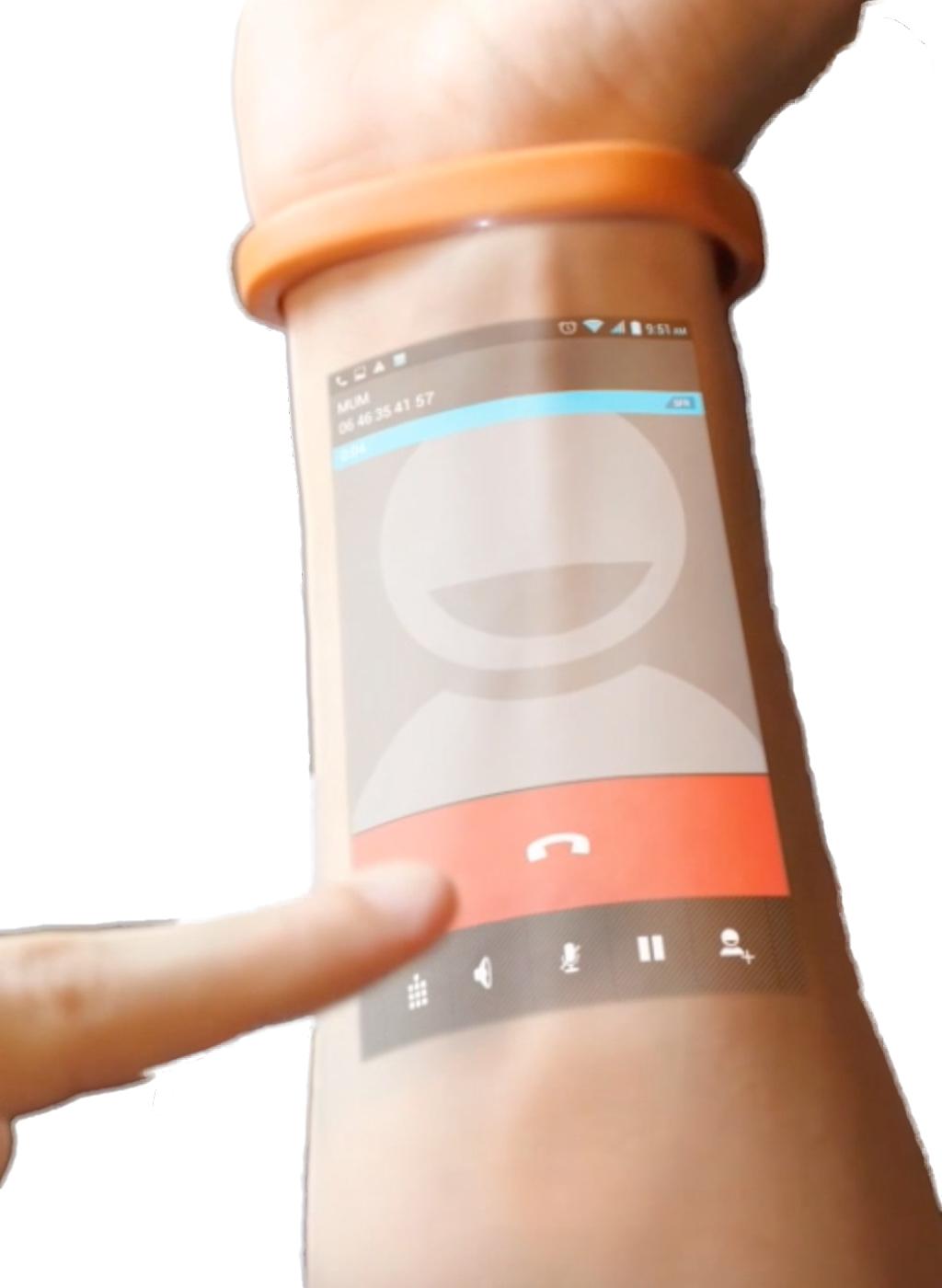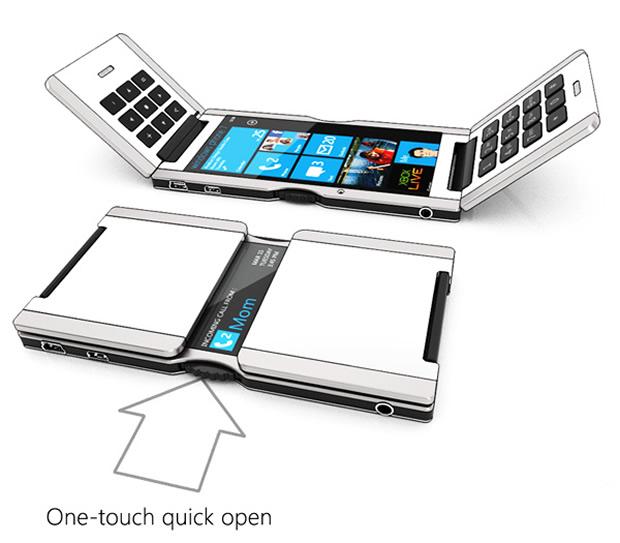Doing Research With a Small R

This tutorial is about doing [r]esearch, the small r indicating it is not about a big research question. Doing your research is rather meant as a good search strategy, asking the simple research question "What is there, from before?" Everyone can accomplish such a comprehensive search, be it for pieces of text, pictures, videos, academic articles or whatsoever. Usually you expect no great discoveries, yet they are by no means excluded for or with this method!!
You need:
The Internet, ... subsequently also other (classical/hidden/real-world) knowledge data bases
Curiosity
A tool/software to store and sort the visual, textual, and other media data
Supplies
The Internet
Curiosity
A tool/software to store the visual, textual, and other media data.
Design Case Review Vs. Literature Review

Many new-to-research fellows do or are expected to do a major literature review, e.g. while being a PhD candidate. Yet, another format I propose, would be 'design case review', since I am into design research and particularly attending to sustainability. The design space seemed much more undiscovered and closer to the data, than the literature base of researchers "talking" about sustainable design on a rather generic, abstract and theoretical level (which we admire, but maybe cannot relate to from the start of becoming a researcher).
From design or entrepreneurship education it is also known that students learning from cases (of what they are going to design or try to bring to market) profit much from conducting a benchmark or competition analysis. They and I here, too, ask what is or has been in the world, that could/would influence my decisions towards what to design/market, or what not. Usually this is also a boost for creative problem solving, as to explore the potential design space a bit and maybe discovering the blank parts of it. Just like with research gaps and needs one might find through a comprehensive literature review, a design case review studies how and why things function, are used, are safe/secure, and aesthetically pleasing, or sustainably produced (or not ;)), and thereof determines what the (design) research need(s) then is/(are).
__________________________________________________
So here comes the example: I have been doing a design case review on (un)sustainable mobile phone designs. Pictured is a snowballing start case, the Phonebloks initiative :)
Snowballing Cases to Review





The ease with this method when asking what is or has been in the world, is you can start wherever you want and work from there. Exploring a potential design space, maybe mapping it out for either the status-quo or even its complete history, is approachable from whatever end and fills up with every further find. The employed search strategy is based on the principle of snowballing, i.e. with the first and every search result thereafter, we proceed into another iteration, re-using e.g. terms that occurred with the former result for a further search (predominantly on the internet, yet make sure to use different search tools, physical libraries, exhibitions etc., too!!) "Snowballing" your way you automatically map more and more what exists, eventually populating the map and spotting where it stays 'white'... Once getting started, you get almost an "antenna" for sensing new/unknown cases for your (re)search.
________________________________________
In my case, starting from the Phonebloks initiative, I snowballed my way through both websites, web-videos, and the like to find a) a biodegradable shell on a jp. phone, b) the cricet bracelet (concept), c) Google project Ara (prototype/concept study), d) the Re-phone, or even e) the Nophone (which is not a phone indeed!).
Saturation

That also means once started, you will have difficulties to find an end (unless your PhD ends sooner than later ;)). Your (re)search "antenna" might never switch off anymore. But, there is a possibility to stop. It used to be called saturation. Of course, it's a judgement, but somehow you understand when you have "enough" cases for your (re)search, it's when you are saturated. All new/unknown cases coming to your knowledge then, you will usually sort into where they fit best in the map, knowing that they do not add so much more to your review.
_________________________________________________
In my particular case with phones: I had been finding more and more concept studies (of never marketed phone designs), where I ask myself: Does the triple flip phone concept here add anything new to the design space? And the answer was: Well no, foldable phones simply come in multiple variants.
Analyzing and Categorizing (but With Care!)

The "review" aspect of your search and study, is then to analyze your snowballed design cases. Analyses can be as simple as comparing and contrasting, determining similarities and details that differ. You become probably inclined to categorize, yet do that with care! A design (case) per se is a complex thing, so take care not to oversimplify it. Very likely, all cases fit in several categories simultaneously (with one or several aspects of them). Yet, finding a finite number of categories, e.g. which basic design principles the cases might have been based on, serve important research goals, such as contributing to theory building.
_______________________________________________________
In my case, I made the review a poster, showcasing some design cases in categories of basic design principles they were based on. I identified six such design principles for the potentially sustainable design of mobile phone technology.
Theorizing and Discovering/Filling White Spots?




From the design case review, just as with literature review, you "get started" towards contributing (e.g. with new theory) to your field of research.
What the design case review may offer, follows:
- The categories determined through the design case review can serve as research lenses on the subject of interest, if need be even as list of aspects that one will "work through" to reach a holistic project.
- The "map" produced (or overview, giga-map, mind-map, or the like) can be juxtaposed to former research in the field and new theoretical concepts might evolve.
- White spots can be described, emergent topics spotted (e.g. from in-vivo codes, that mention an aspect that might else be overlooked).
- When for instance doing (futuring technology design) workshops, the cases and analysis insights can be an input to brainstorming, that is giving participants something "to chew on" :).
_________________________________________________
In my particular phone design review I got jumpstarted to prepare a workshop series, where I created distinct design briefs for participants in futuring sustainable mobile phones and interaction design. One category - that of modular phones, such as the Fairphone, Fonkraft, Project Ara, Puzzlephone, Xiaomi, ZTE eco, Shiftphone etc., - was taken to become a particular publication (see next step).
Using and Publishing Your Research

When it comes to publishing, the design case review is I think far from "known" in comparison to a classical literature review. Yet publishing in a conference or journal article seems perfectly fine, as soon as one has figured out how to frame the analysis and present the method as it has been used.
However, since we started out the (re)search from wherever point of departure, "snowballing" our way, obtaining/creating/evolving a proper research question might be an issue. It might be that just one of the categories, the largest contributors category or similar, suits a scientific (conference) article, and the rest that includes all the other identified categories with their design cases, answers a less specific but holistic/very general research question. That is, where one definitely can get creative and insert that study for instance as a hybrid publication through one's PhD thesis.
___________________________
In my case I've got the poster from PhD-day, a tending thesis chapter on the whole of design case reviewing, and a conference paper on modularity contributed to PLATE (Product Lifetimes And The Environment):
Junge, I. (2019). Modularity as One Principle in Sustainable Technology Design—A Design Case Study on ICT. In N. F. Nissen & M. Jaeger-Erben (Eds.), PLATE Product Lifetimes And The Environment 2019 – Conference Proceedings. TU Berlin University Press.
____________________________
Research dissemination can happen in at least that much multi-faceted ways as the design case review itself. Make sure the world gets to hear from your results, it doesn't have to be ROCKET SCIENCE ! ;)
On that motto: First coffee then rocket science! Cheers.